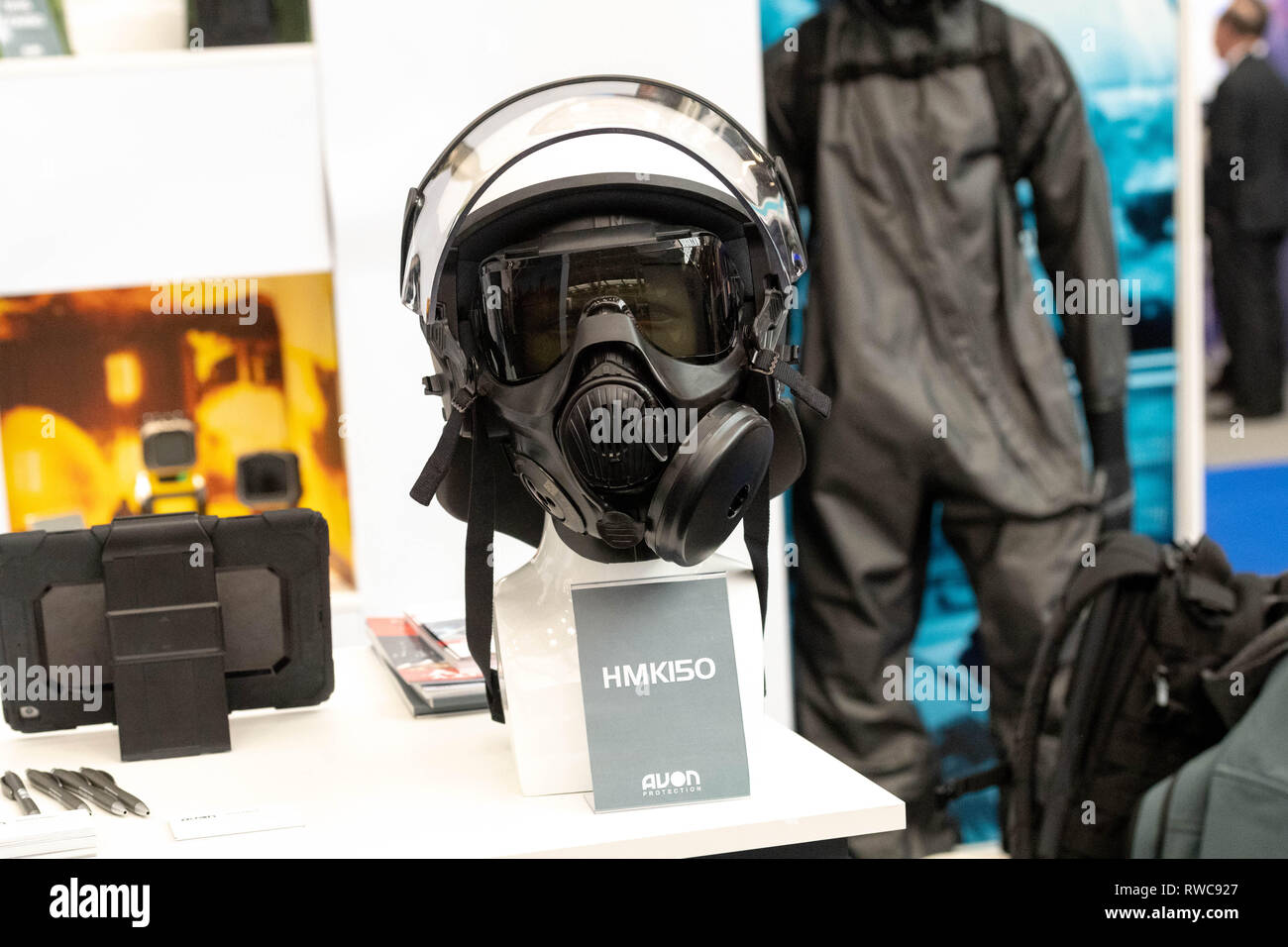On Respirators and Viruses
by Marius, Survival Blog:

I want to start off by saying that some of what I will discuss here is based on simple facts, and some is based on nothing but my own meandering experience. I am not a doctor, and nothing I say here should in any way be construed as medical advice. This article does not in any way constitute respirator training.
With the outbreak of the unknown virus overseas, I have seen a lot of questions about respirators. I hope to answer some of those questions here, just please be patient if I cover things too poorly. Most people are asking about what are called N95 respirators, which are also known as filtering facepiece respirators. The three most important things up front are that these respirators are extremely and importantly different from common dust masks and surgical masks, and only work on particulates. Common dust masks look very similar, but they usually only have one strap instead of two. They will not be stamped NIOSH N95. I will cover what that means shortly. Most importantly, dust masks are not rated to meaningfully filter the air you are breathing. They can help, which is why people wear them, but for virus protection they would be little better than a wet rag.
Moving on to surgical masks; surgical masks are meant to keep you from spreading germs to other people, especially with droplet-borne diseases, which again, we’ll get to. In the current context this is not necessarily unhelpful, but you would want to put a surgical mask on a sick person and a respirator on yourself. The takeaway here is please don’t wear a surgical mask and think you are protecting yourself. The third most important thing is that these respirators only work against particulates, meaning dust, bacteria, viruses, etc. These respirators will absolutely not work against chemicals or low oxygen environments. I cannot stress this enough: These respirators will not save you from chemical fumes or toxic gases (such as CO2), or places where there isn’t enough oxygen in the air.
DECIPHERING THE DESIGNATIONS
With true filtering facepiece respirators, you will see a stamp from NIOSH, which is the government agency that certifies these kinds of things. Neither the CDC nor OSHA certify respirators, so be wary if something is advertised as OSHA certified or some such. The second thing you will see is a letter, and it will be a N, R, or P. The N stands for Not oil resistant, the R stands for oil Resistant, and the P stands for oil Proof. The third thing you will see is a number, and it will be a 95, 99, or 100. These stand for 95% efficient, 99% efficient, or 99.97% efficient. What this really means is the size of the particles that are allowed through the filter media. So, a N95 designation is telling you that the mask is not good for oily environments and will filter 95% of particles down to 0.3 microns. Of these, N95 and P100 are by far the most common, with P100 sometimes also referred to as HEPA, depending on the application.
At this point I have to address medical concerns. On the job, you have to be medically evaluated to wear a respirator. This is because using a respirator by definition makes it harder for you to breathe. Consider that for a time it was popular for professional athletes to train while using resistant mouthpieces to achieve the same effect in order to build endurance. When wearing a respirator, you are putting more strain on your lungs and heart, so plan your activity level accordingly. You may have noticed that some N95 masks come with valves, those models are designed to make it easier to breathe. There are trade-offs though, which I’ll get to.
One of the problems with respirators is that not every style is going to fit every person. Even further, N95’s tend to be one-size-fits all, but I have seen specific small sizes. Trying on respirators can be like fitting for hiking boots, in that you may have to try several different brands to find one that works for your anatomy. There are two ways to determine if a respirator is actually working. The first is called quantitative, where a machine compares dust levels inside your mask to levels outside. Unfortunately, said machines cost upwards of $10,000 and I can all but guarantee you won’t have one sitting on a shelf.
The second method is called qualitative and simply means the old-school bitter or banana oil test to see if you can still smell the test agent with the mask on. This is much less expensive but still unlikely to be around for easy access. If you can find some inexpensively, I would recommend getting some vials of irritant smoke for testing, as it is an easy pass/fail. Most likely though, you’re just going to have to pick a brand and hope it works okay for you.
In my experience, brands with strips of foam rubber along the inside, or at least along the chin and nose, tend to fit the most people with the fewest problems. Returning to the models with valves, they do make it easier to breathe, but you are introducing another failure point to the system. The valves are thin sheets of rubber, and it is not uncommon for them to curl and get stuck, so you always, always, always have to check the valve before you wear one. Additionally, any debris, such as hair, can get stuck in the valve and prevent it from closing securely, potentially letting in whatever it was you’re trying to keep out.
Speaking of hair, you’re going to have to shave every day that you wear one of these respirators. Any hair that contacts the mask will cause it to not seal to your face and defeat the whole point of wearing it. I’m sorry, but that’s just how it is. You can wear a loose hood with a device called a PAPR and not have to shave, but those devices cost many thousands of dollars. They are basically mini fan units that push the air through the filter for you, so your lungs aren’t doing the work. They are positively pressured, meaning air is always spilling out, so you can have a loose hood over your head like a diving bell, or like the old diving suits in 10,000 Leagues Under the Sea. Personally, I opt to just shave.
HARD RESPIRATORS
Moving past the disposable masks, you get into what I call hard respirators. A lot of people call these gas masks, just know that your civilian models are not the same thing as a real military gas mask. Anyway, the smaller versions that cover your mouth and nose are called half-mask or half-face. They are fairly inexpensive and available at big-box stores. The larger versions that cover your whole face and include a plastic or glass faceplate are called full-face. In my experience these sell for a couple of hundred dollars. They have the advantage of covering your eyes as well, but they are more difficult to use. Both of these types work using cartridges. The cartridge you want is our P100 from earlier, which is always colored pink-ish or purple-ish. With the hard respirators, you can get combination filters that will work against a large variety of chemicals and gases. For viruses though, all that matters is the P100 filter.
Note: Please be aware that unlike NATO-standard military filters, commercial filter cartridges are brand specific, with different sizes, threads and attachment styles. In short, without an adapter, you will not be able to swap cartridges across brands. Keep this in mind when looking at prices and supplies.
The advantages of a hard respirator are that you can clean it (mild soap, remember the valves are thin and fragile), they are much more durable, and you can easily tell if they are working. You can perform what is called a user seal to test the integrity of the respirator. All you have to do is cover the tops of the cartridges (disposable gloves work well for this) and breathe in. If you get suction, your seal is good. If not, then you have a leak. Next, cover the valve in the middle and exhale a little bit. If your mask puffs out, then you know that seal is good. If it doesn’t puff out, check the intake valves, one of them is probably curled up like I mentioned earlier. Everything we talked about with the valves on the disposable masks applies here as well, as far as debris and hair.
Coming around to discussing viruses, I don’t know enough about the current Wuhan Pneumonia coronavirus to say whether a N95-level of filtration is good enough. But I can tell you that N95s are used extensively in hospitals for contagious diseases. I’m okay with that, but you have to make your own choices.
HOW DISEASES SPREAD
It is important to know how diseases are spread. Some diseases, like Ebola, require direct physical contact with infected fluids. Some diseases, like the flu (and I believe the current coronavirus) are droplet-borne, meaning that they are carried in tiny water droplets when you sneeze or cough. They generally have a range of five feet. Lastly, some diseases are truly airborne, meaning that they ride the air currents. Obviously, the flu does a pretty good job of getting around despite being confined to droplets, but it’s true that if you’re not around infected people droplet-borne diseases can’t just float into your home. Some diseases are spread by vectors, which means mosquitos, fleas, snails, etc., but that’s outside the current context.
Loading...


